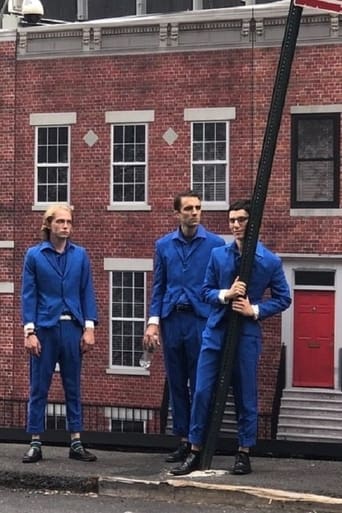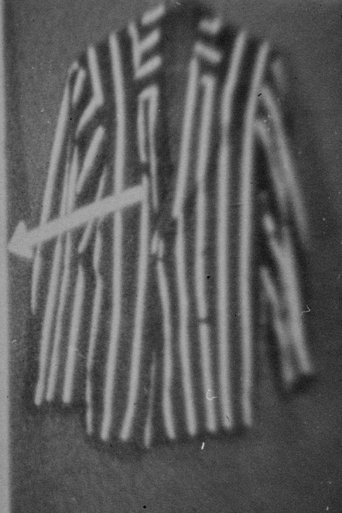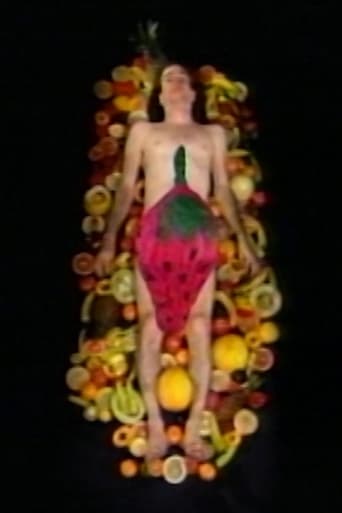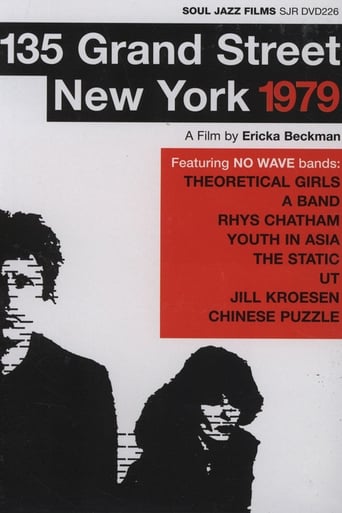1983 33 min 1 vues
“YOU THE BETTER is a film based on games of chance, and as games such as roulette, or craps go, this one is closed – meaning that the player cannot really affect the outcome. A team of uniformed players, led by the artist Ashley Bickerton, performs the mechanics of a game servicing an off-camera betting entity, the ‘House’. Although the game keeps changing and players are swapped out, one thing remains the same, the ‘House’ is hidden and controls the bets, the ‘chance’ of winning is nil. The game, in fact, is not between the players, but rather between the ‘House’, and the ‘Bettor’.” — E.B. 1983



















